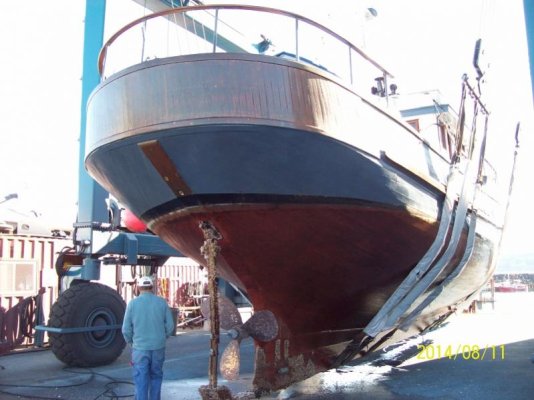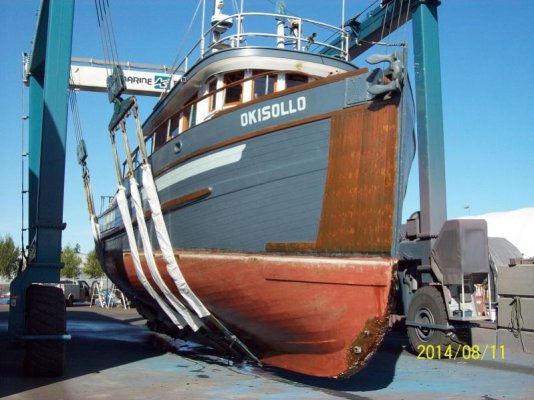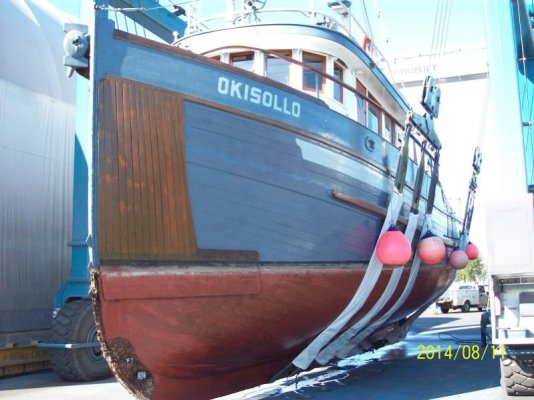I am reading reviews on boattest.com
For a Kadey-Krogen 58, which weighs about 96k lbs, twin John Deere V6 158hp.
At 1250RPM the boat travels at 7.7MPH, use fuel 2.5GPH. MPG is 3.1
For a Beneteau Swift Trawler 50, which weighs 35k lbs, twin Volvo D6 435hp.
At 1500RPM the boat travels at 7.5MPH, uses fuel 4.8GPH. MPG is 1.6
So I understand the Beneteau has a much bigger engine, hence consume more fuel. But it only weighs about 1/3 of the KK!
My conclusion is: Assume I don't want a fast boat, say I am ok with 12-15 knots top speed, Assume my goal is long range cruise, to save fuel(hence increase the range), the engine choice is much much more important than the weight of the boat? This is somewhat counter-intuitive to a landlubber like me, one would think it takes much more energy to move the heavier boat?
To extend the question, boat bottom shape also plays a role in fuel consumption, but by how much? From above example it seems to me the engine choice plays an overwhelming role, pretty much shadowed other factors? Or is it the KK has a much more efficient bottom than the Beneteau?
The KK has a draft of 5'3" while the Beneteau is 3'5".
For a Kadey-Krogen 58, which weighs about 96k lbs, twin John Deere V6 158hp.
At 1250RPM the boat travels at 7.7MPH, use fuel 2.5GPH. MPG is 3.1
For a Beneteau Swift Trawler 50, which weighs 35k lbs, twin Volvo D6 435hp.
At 1500RPM the boat travels at 7.5MPH, uses fuel 4.8GPH. MPG is 1.6
So I understand the Beneteau has a much bigger engine, hence consume more fuel. But it only weighs about 1/3 of the KK!
My conclusion is: Assume I don't want a fast boat, say I am ok with 12-15 knots top speed, Assume my goal is long range cruise, to save fuel(hence increase the range), the engine choice is much much more important than the weight of the boat? This is somewhat counter-intuitive to a landlubber like me, one would think it takes much more energy to move the heavier boat?
To extend the question, boat bottom shape also plays a role in fuel consumption, but by how much? From above example it seems to me the engine choice plays an overwhelming role, pretty much shadowed other factors? Or is it the KK has a much more efficient bottom than the Beneteau?
The KK has a draft of 5'3" while the Beneteau is 3'5".



